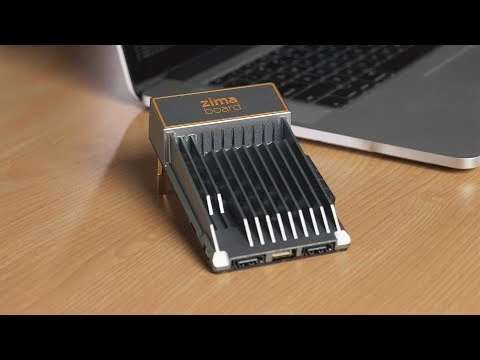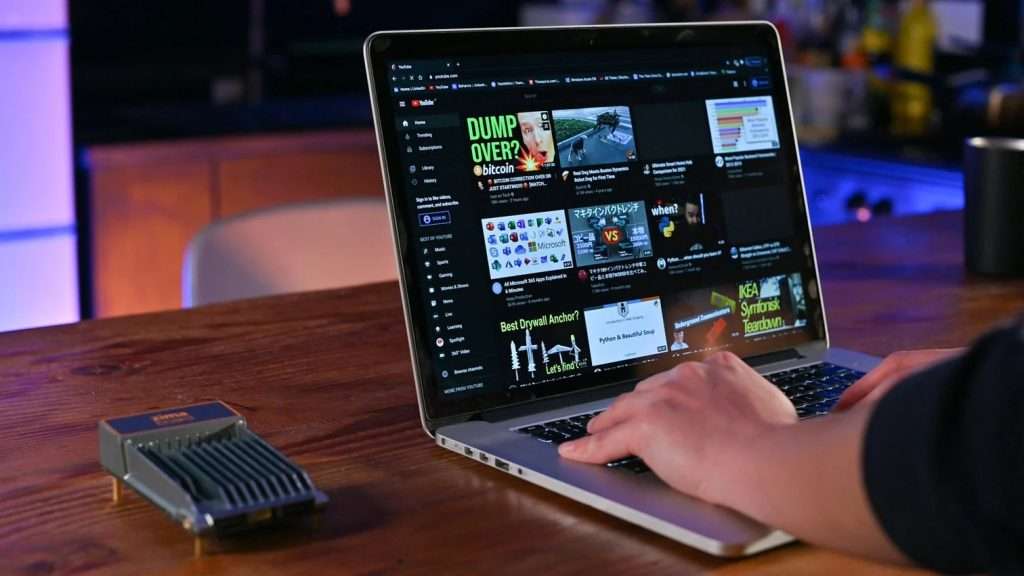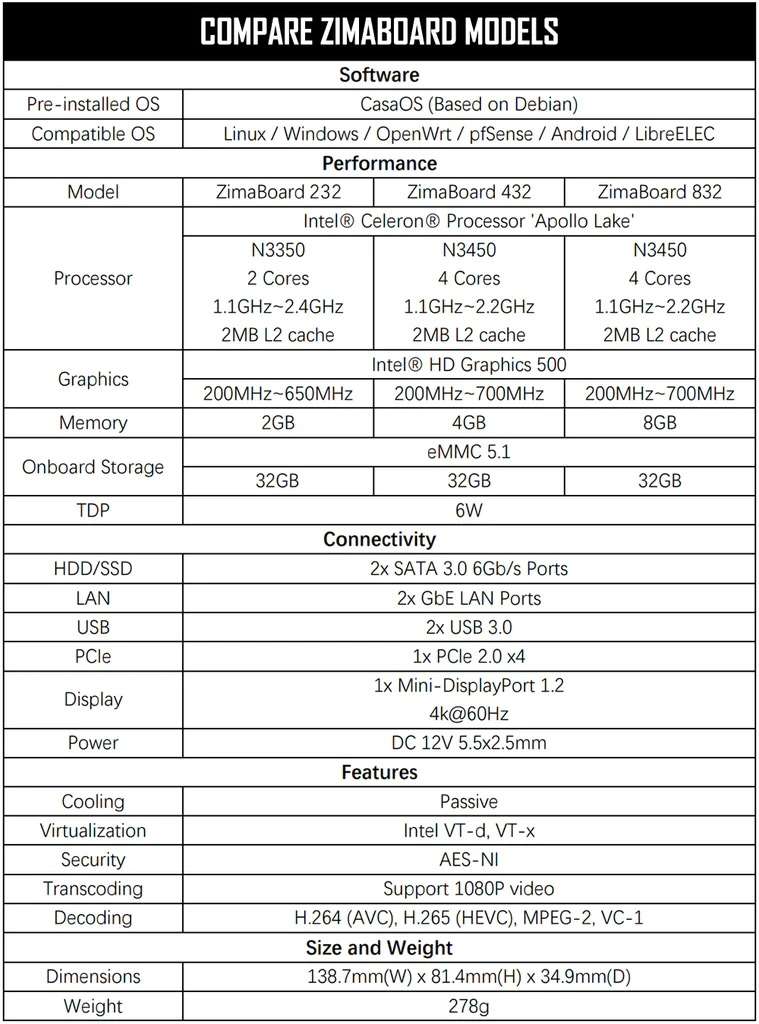As an Amazon affiliate, I may earn commissions from qualifying purchases made through links on this website. This comes at no extra cost to you and helps support the content I provide. Thank you for your support!
![]()
![]()
Table of Contents
Introduction – The ZimaBoard 832

The ZimaBoard 832 entered my smart home setup just before Christmas, prompting a deliberate decision to thoroughly assess its capabilities over several months. Having encountered issues with Raspberry Pi setups in the past, I was keen to explore the ZimaBoard’s potential as the cornerstone of my smart home project. Now, after extensive testing and usage, I’m eager to share my experience with this innovative single-board server.
Design and Build Quality

With a sleek design and robust build quality, the ZimaBoard 832 immediately impressed me. Its compact form factor and passive cooling system make it ideal for various applications, ensuring durability and silent operation. ZimaBoard’s attention to detail in design reflects a commitment to providing a premium user experience.
Performance

Powered by the Intel Celeron N3450 Quad Core processor and 8GB of LPDDR4 RAM, the ZimaBoard 832 delivers outstanding performance. From setting up personal cloud storage to running a 4K media server, this single-board server handles tasks effortlessly. Hardware acceleration support ensures smooth video transcoding, while efficient heat dissipation maintains optimal performance even under heavy loads.
Software Experience

The ZimaBoard 832 offers a versatile software experience suitable for beginners and advanced users alike. Pre-installed with CasaOS, it provides a user-friendly platform for quick deployment of applications. However, advanced users have the flexibility to boot the board with a preferred Linux OS, allowing for customization and experimentation. Utilizing CasaOS, I quickly set up Home Assistant and seamlessly integrated various smart home devices.
Main Use for Smart Home Setup
My primary goal with the ZimaBoard 832 was to create a reliable and efficient smart home environment. Drawing from my experience with Raspberry Pi, I opted for Home Assistant as the central hub and chose Zigbee protocol for enhanced security and reliability. The board’s powerful hardware, including the Intel Celeron processor and 8GB of RAM, ensured the smooth operation of Home Assistant and seamless management of smart home gadgets. Over the past few months, I’ve experienced no issues with connectivity or performance, confirming the ZimaBoard’s suitability for smart home applications.
Expandability and Connectivity

The ZimaBoard 832 offers comprehensive expandability and connectivity options. With SATA ports, PCIe slot, Gigabit Ethernet, and USB 3.0 ports, users can easily expand storage and add peripherals as needed. The inclusion of Gigabit Ethernet ports ensures fast and stable network connectivity, while USB 3.0 ports and a Mini-DisplayPort enhance versatility.
Pros and Cons
Pros:
1. Exceptional performance and reliability.
2. Versatile software support with CasaOS and compatibility with Linux OS.
3. Robust build quality and compact design.
4. Comprehensive connectivity options.
5. Efficient passive cooling system.
Cons:
1. Limited onboard storage capacity.
2. Compatibility issues with Mini-DisplayPort.
3. Initial setup may require technical expertise.
Conclusion: The Ideal Smart Home Companion

In conclusion, the ZimaBoard 832 stands out as the ideal companion for smart home enthusiasts. Its powerful hardware, versatile software support, and extensive connectivity options make it a reliable and efficient choice for various applications. Whether setting up a personal cloud, managing a media server, or running Home Assistant, the ZimaBoard 832 delivers exceptional performance and ease of use.
FAQ
Q: Can the ZimaBoard 832 handle 4K video transcoding effectively?*
A: Yes, the ZimaBoard 832 is equipped with hardware acceleration support for 4K video transcoding, ensuring smooth playback and efficient processing of multimedia content.
Q: Is it possible to upgrade the RAM on the ZimaBoard 832?*
A: No, the ZimaBoard 832 comes with soldered LPDDR4 RAM, which is not user-upgradable. However, the 8GB configuration provided should suffice for most applications and use cases.
Q: How does the ZimaBoard 832 compare to other single-board servers like the Raspberry Pi?*
A: While both the ZimaBoard 832 and Raspberry Pi offer similar functionality, the former boasts superior performance and expandability, making it a more versatile option for demanding applications.
Check Out Our Review On The Govee Neon Rope Light 2 Right Here!










Hey people!!!!!
Good mood and good luck to everyone!!!!!